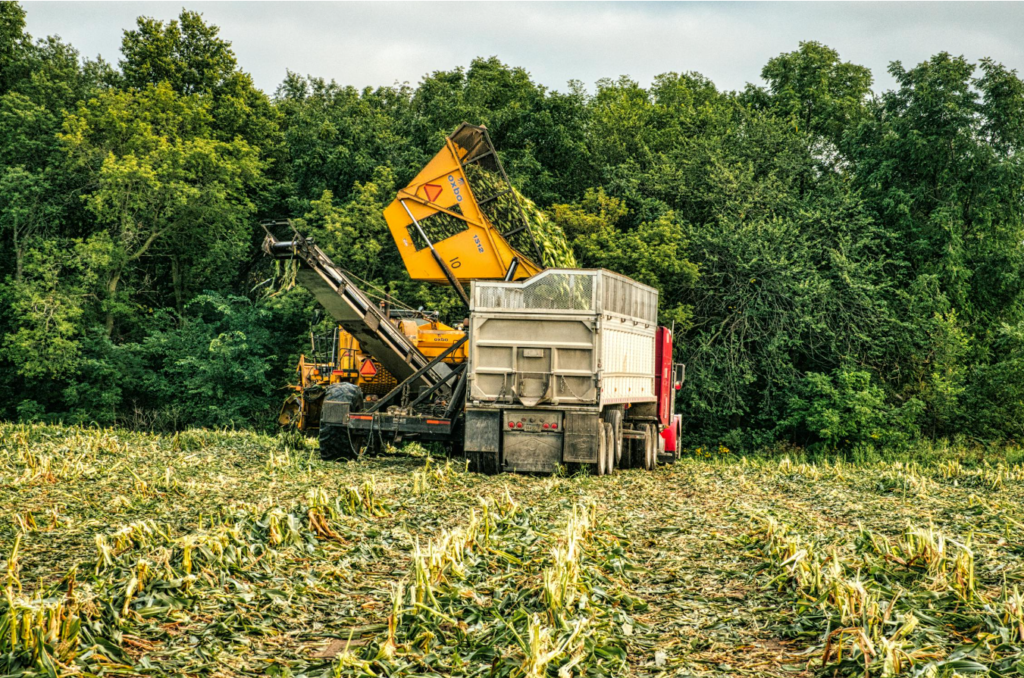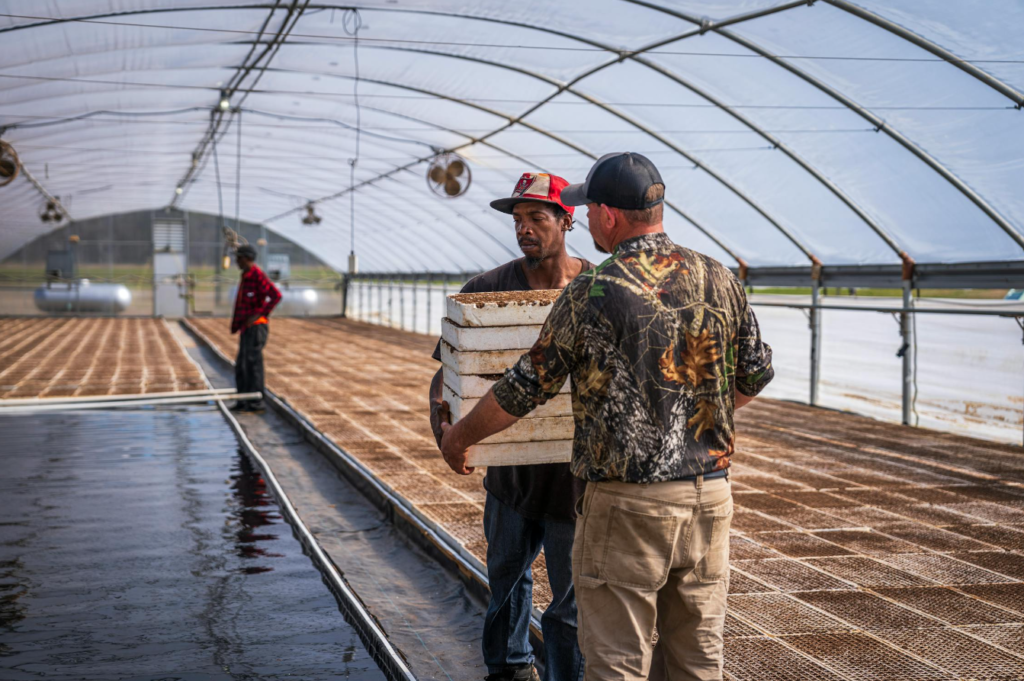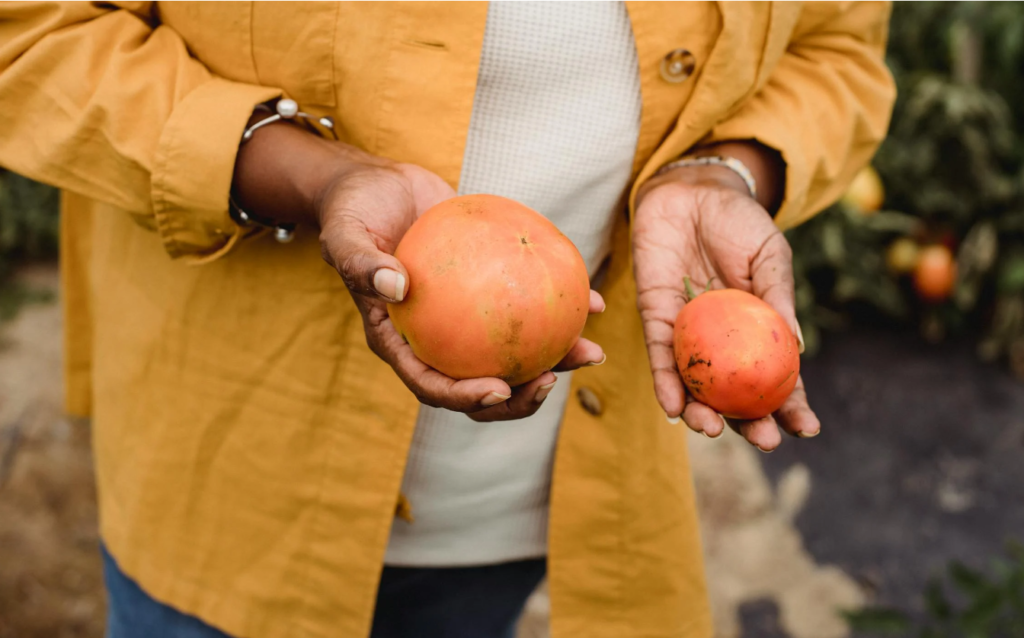Clarification for one of the podcast interviews where we discuss farming as it relates to hobby farming.
A vital component of human civilization, farming in all its forms generates economic activity, livelihoods, and food. But there are specific categories in the field of agriculture that represent various scales, approaches, and motivations. A common discussion topic involves two main categories: hobby farming and business farming. Knowing the distinctions between the two can assist people in making well-informed choices regarding their agricultural endeavors.
Understanding lifestyle farming (hobby farming)
Recreational farming, sometimes referred to as lifestyle farming or hobby farming, is the practice of individuals or families raising crops for recreational, self-sufficient, or personal reasons. Although hobby farmers might make a little money from their pursuits, profit is not their main goal. Alternatively, they might place more importance on things like unwinding, spending time in nature, and growing food for themselves.

What are some key features of recreational farming?
Small Scale: Hobby farms typically have a small footprint, consisting of only a few acres of land. They could involve a range of pursuits like livestock husbandry, gardening, or specialty crop cultivation.
Diverse Businesses: Hobby farmers frequently take part in a variety of businesses depending on their own interests and preferences. For instance, they might cultivate organic vegetables, raise goats for milk, or keep chickens for eggs.
Limited Commercialization: Although hobby farmers might sell extra goods or produce to neighbors or at local markets, their main goals are not profit maximization or commercialization. Rather, they give precedence to sustainability and self-sufficiency.
Part-Time Commitment: A lot of hobby farmers work other jobs and devote themselves to farming only part-time. Rather than being a full-time job, farming is viewed as a supplement to their primary occupation or way of life.

What then, is commercial farming?
Contrarily, agricultural operations carried out primarily for commercial gain are referred to as business farming. The primary objective is profitability, and farmers frequently devote a large amount of time, money, and resources to enhancing the productivity, efficiency, and marketability of their crops.
What are some of the key features of commercial farming?
Commercial Scale: Usually covering hundreds or thousands of acres, business farms are bigger in scope than hobby farms. To maximize output and profitability, they might specialize in particular livestock or crops.
Focused Businesses: Business farmers typically concentrate on businesses with significant market demand and potential for profit. They might use contemporary methods, tools, and management strategies to boost output and competitiveness.
Market Orientation: Business farmers, as opposed to hobby farmers, place a higher priority on market orientation and work to effectively satisfy consumer demand. To increase sales and profits, they might get involved in supply chains, contract farming, or export markets.
Full-Time Occupation: Agriculture is a full-time profession for business farmers, frequently serving as their main source of revenue. To guarantee their financial sustainability, they might hire workers, make infrastructure investments, and implement business plans.



Both are important components of the agricultural landscape
Hobby farming and commercial farming are two different approaches to agriculture, each with its own set of objectives, scales of operation, and driving forces. Business farming places a higher priority on profitability, market orientation, and commercial viability than hobby farming, which places more emphasis on lifestyle considerations, personal enjoyment, and self-sufficiency. Both are important components of the agricultural landscape, making distinct contributions to food production, rural economies, and cultural heritage. Knowing these distinctions can assist people in deciding which farming career path best suits their goals, interests, and available resources.




